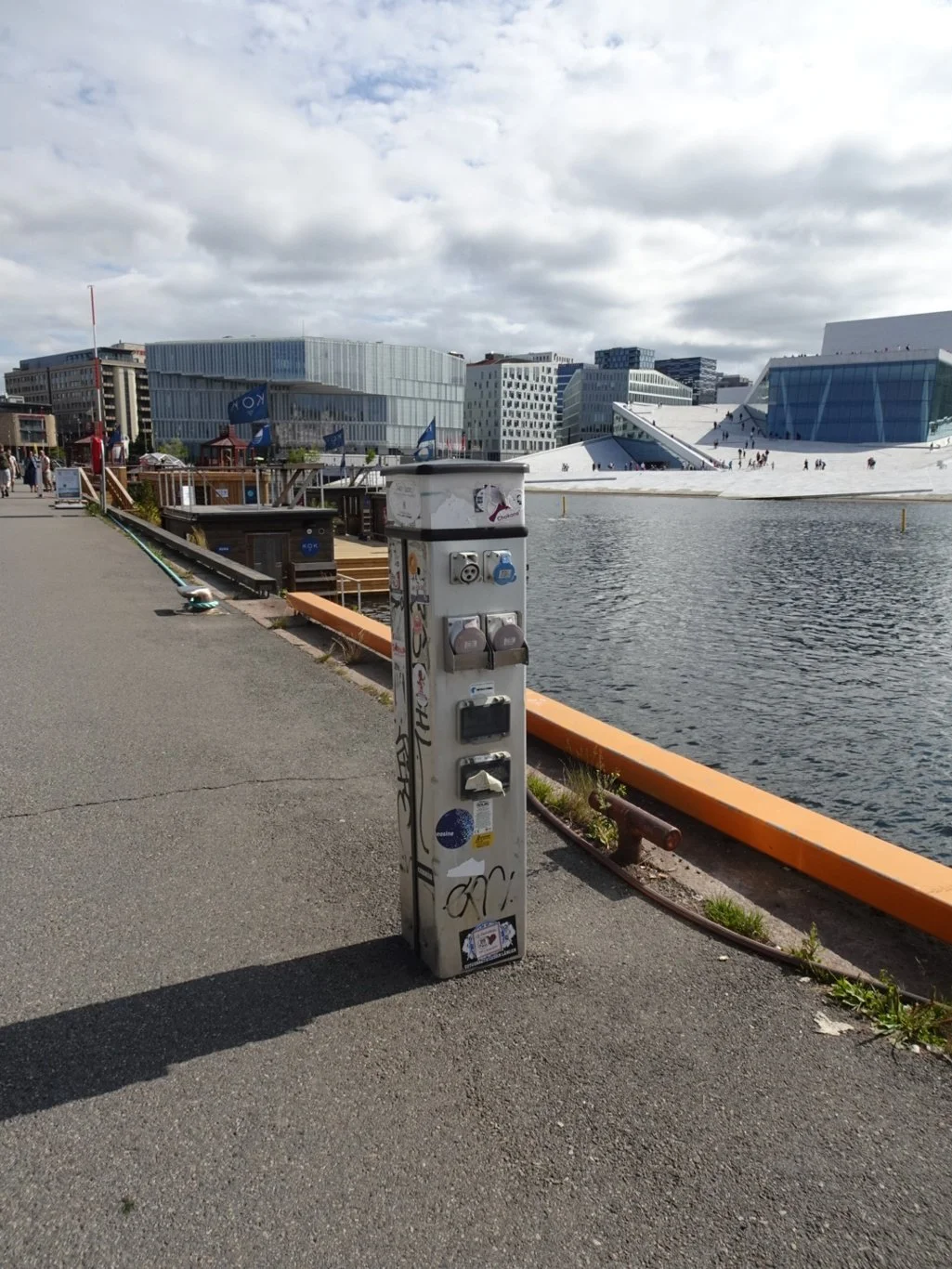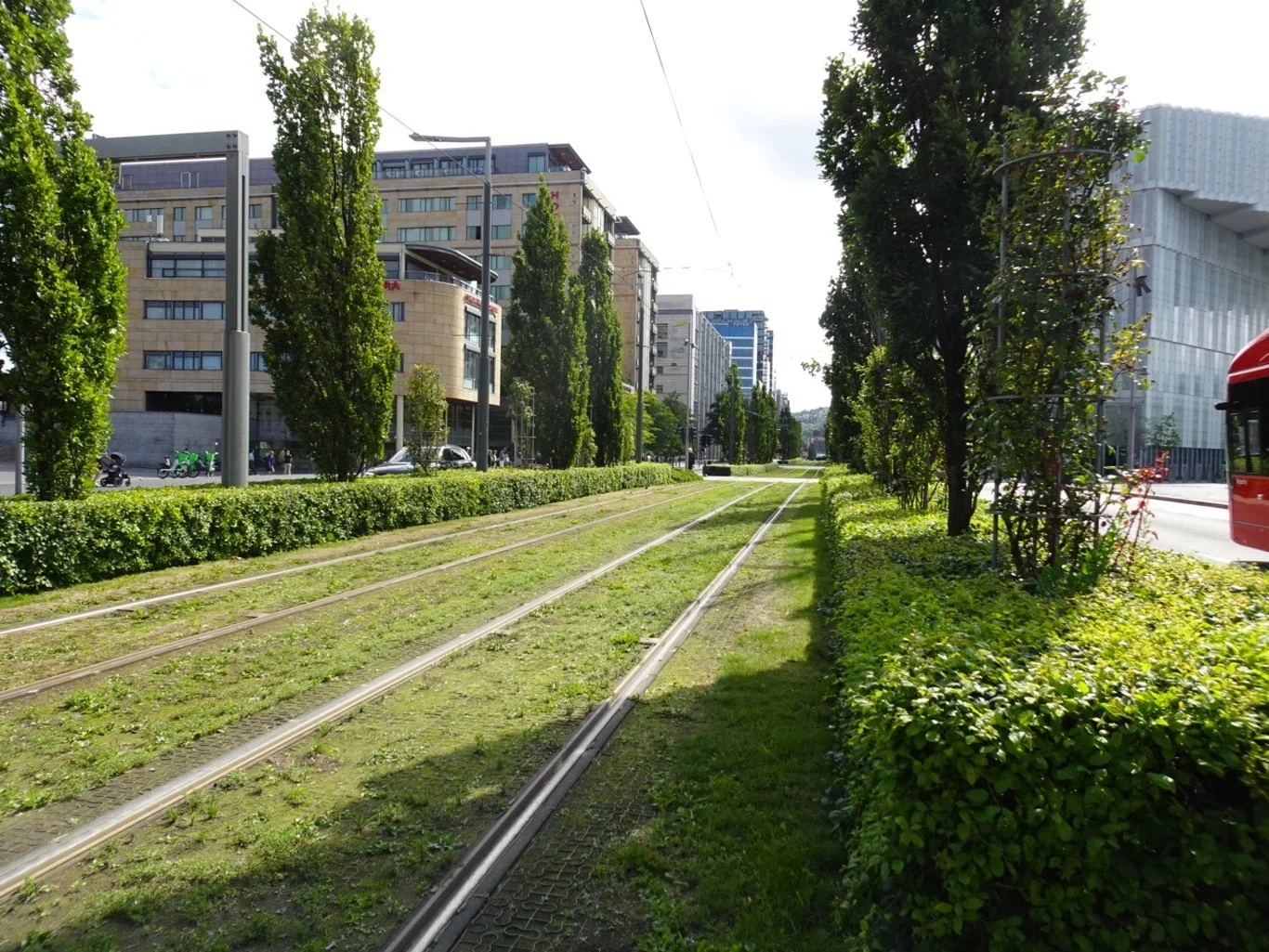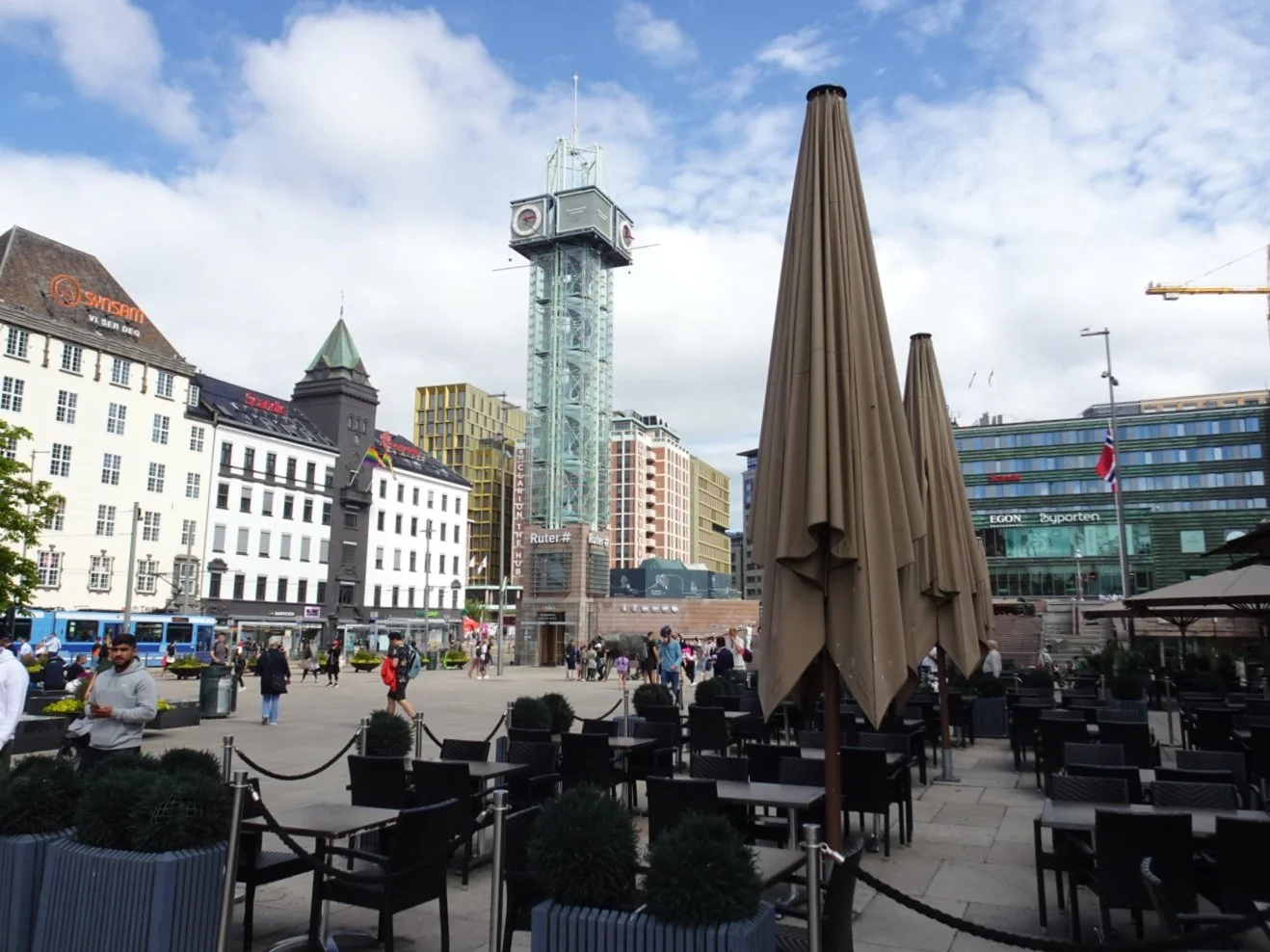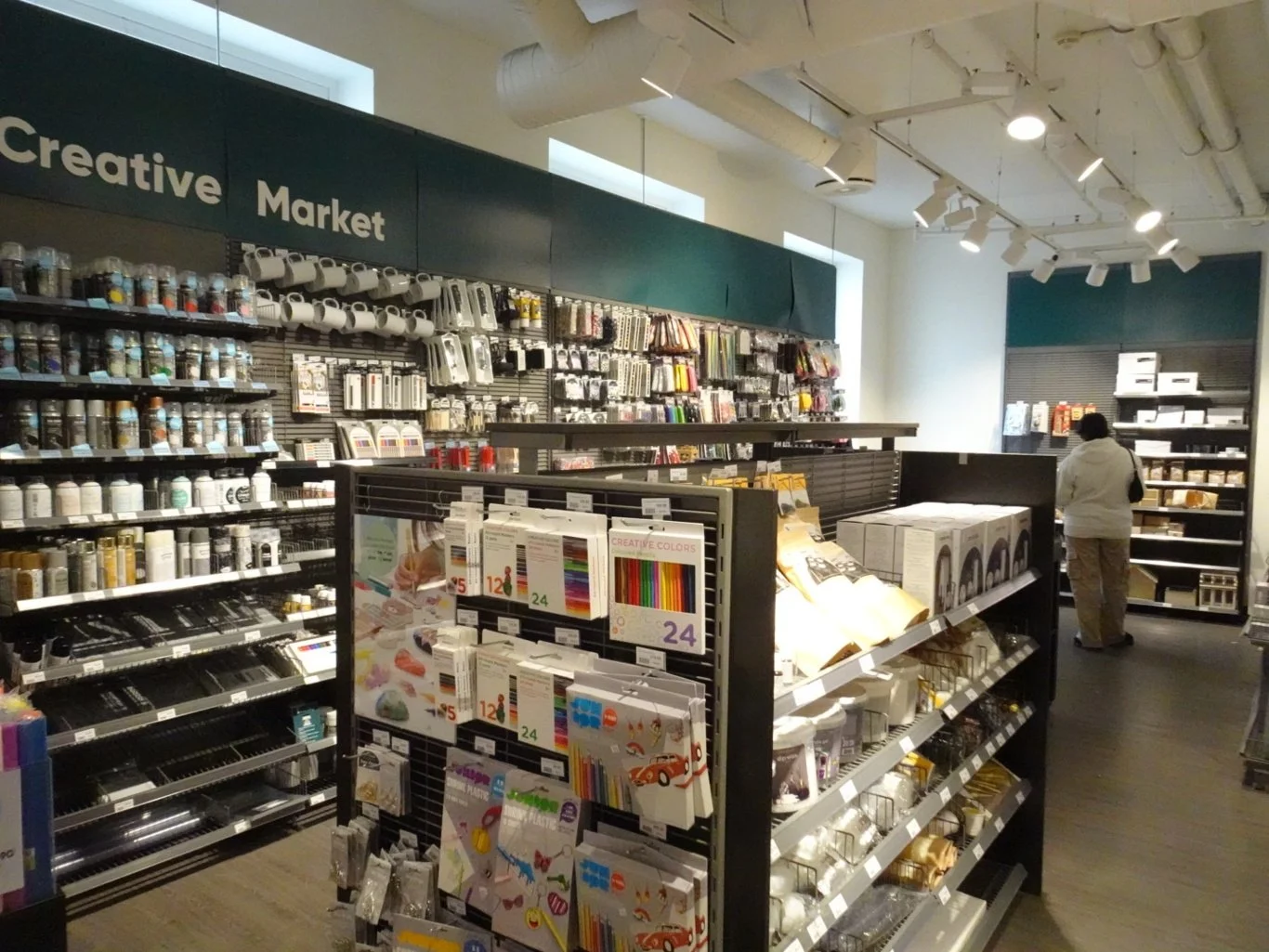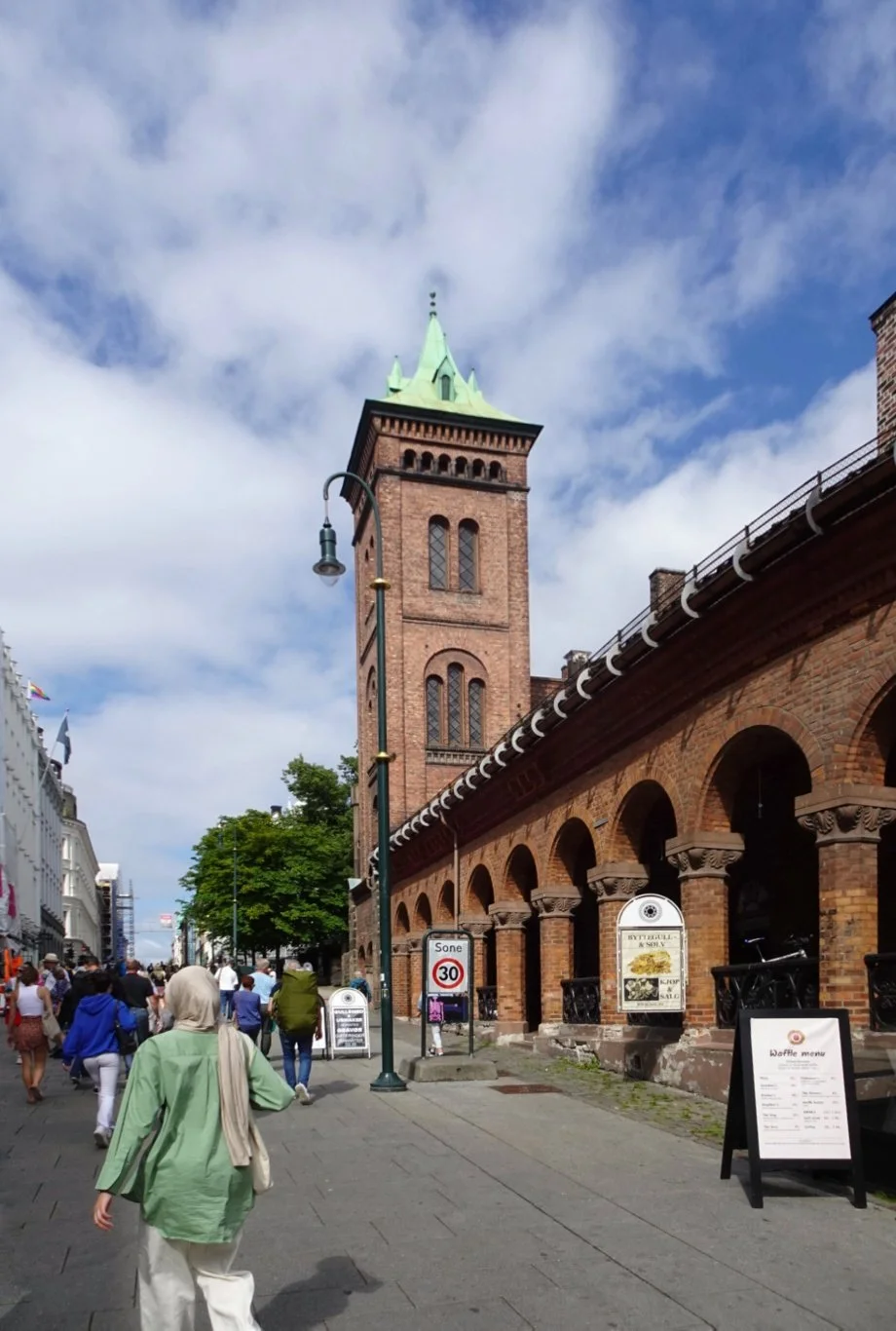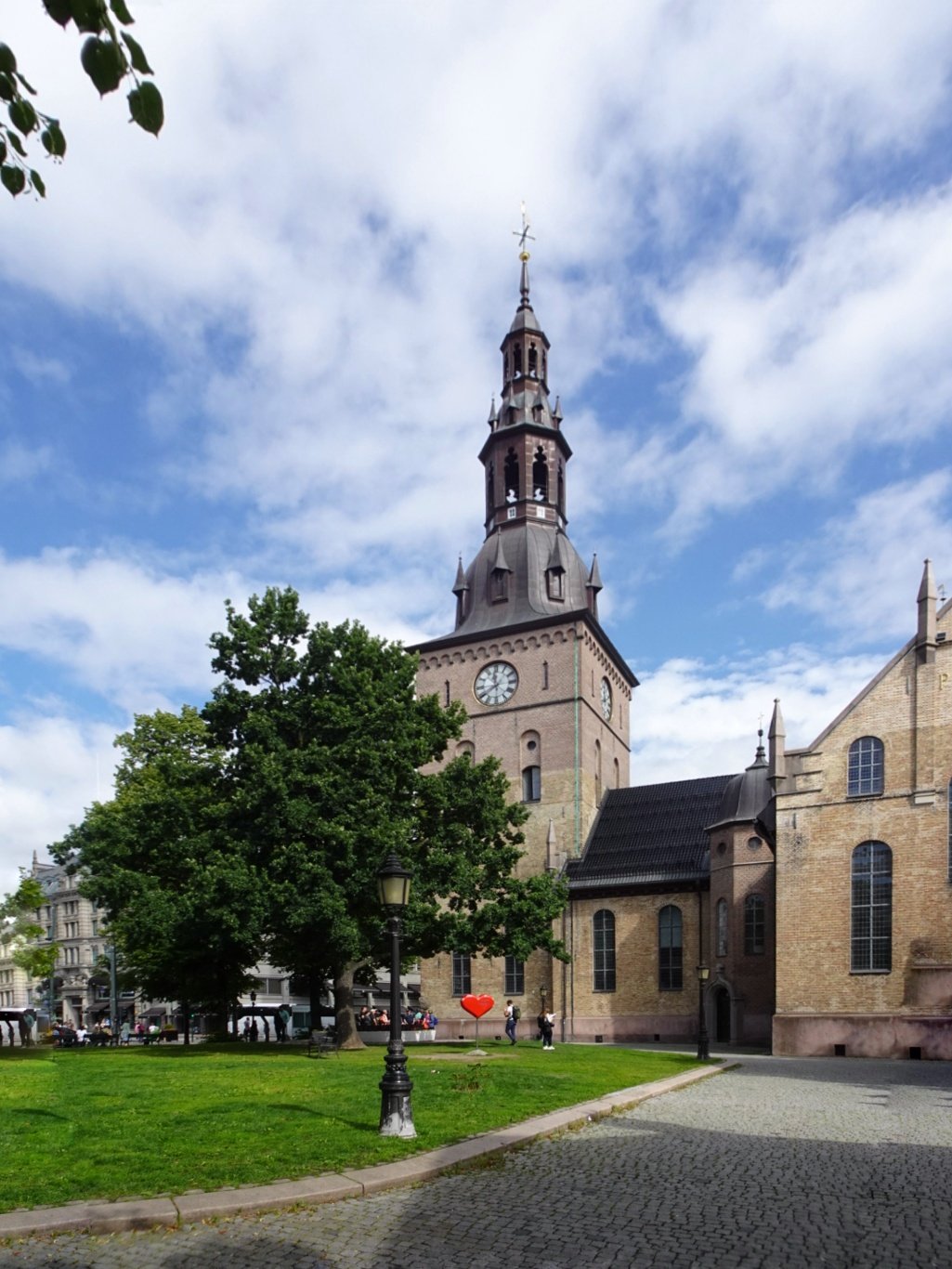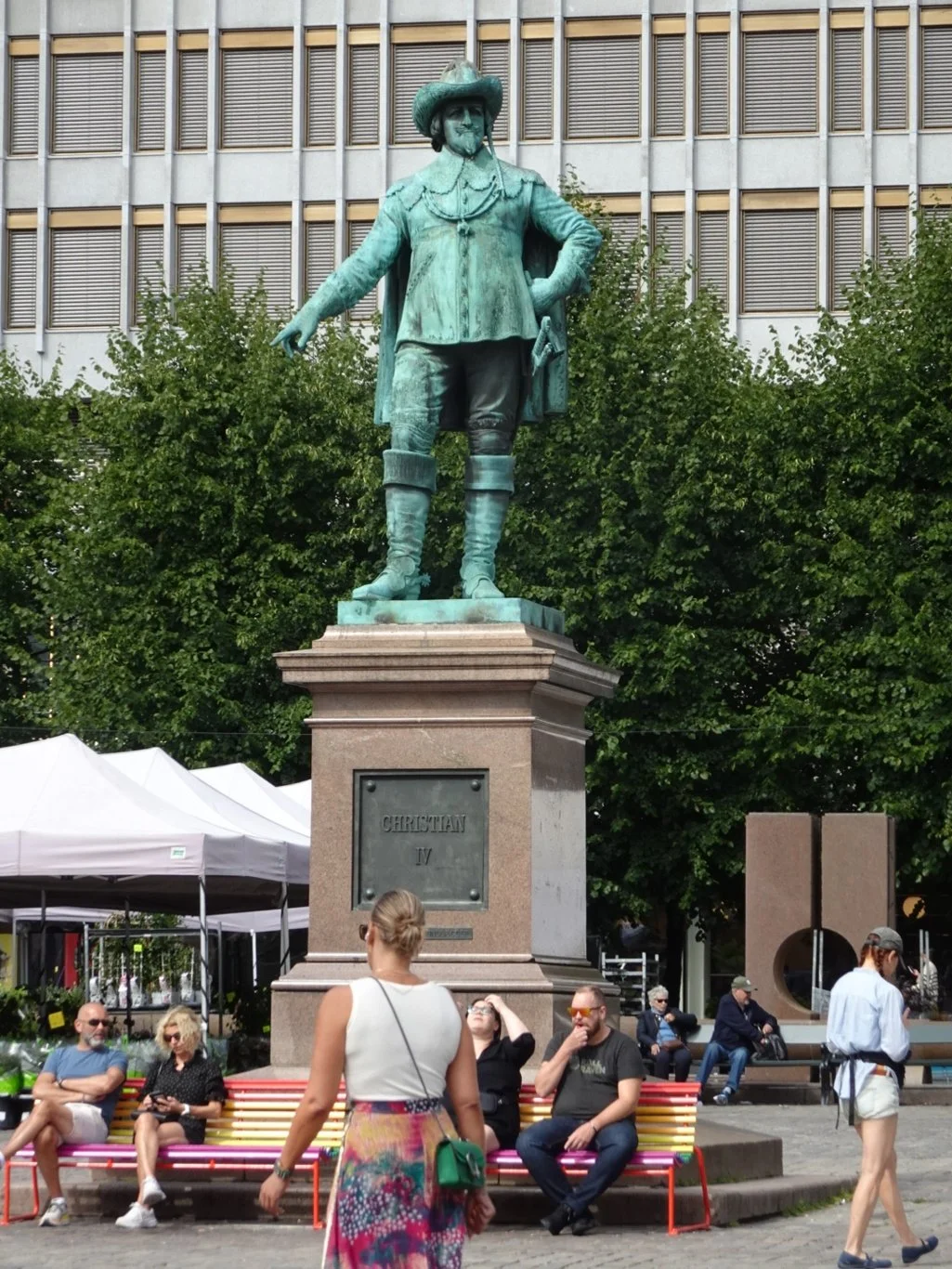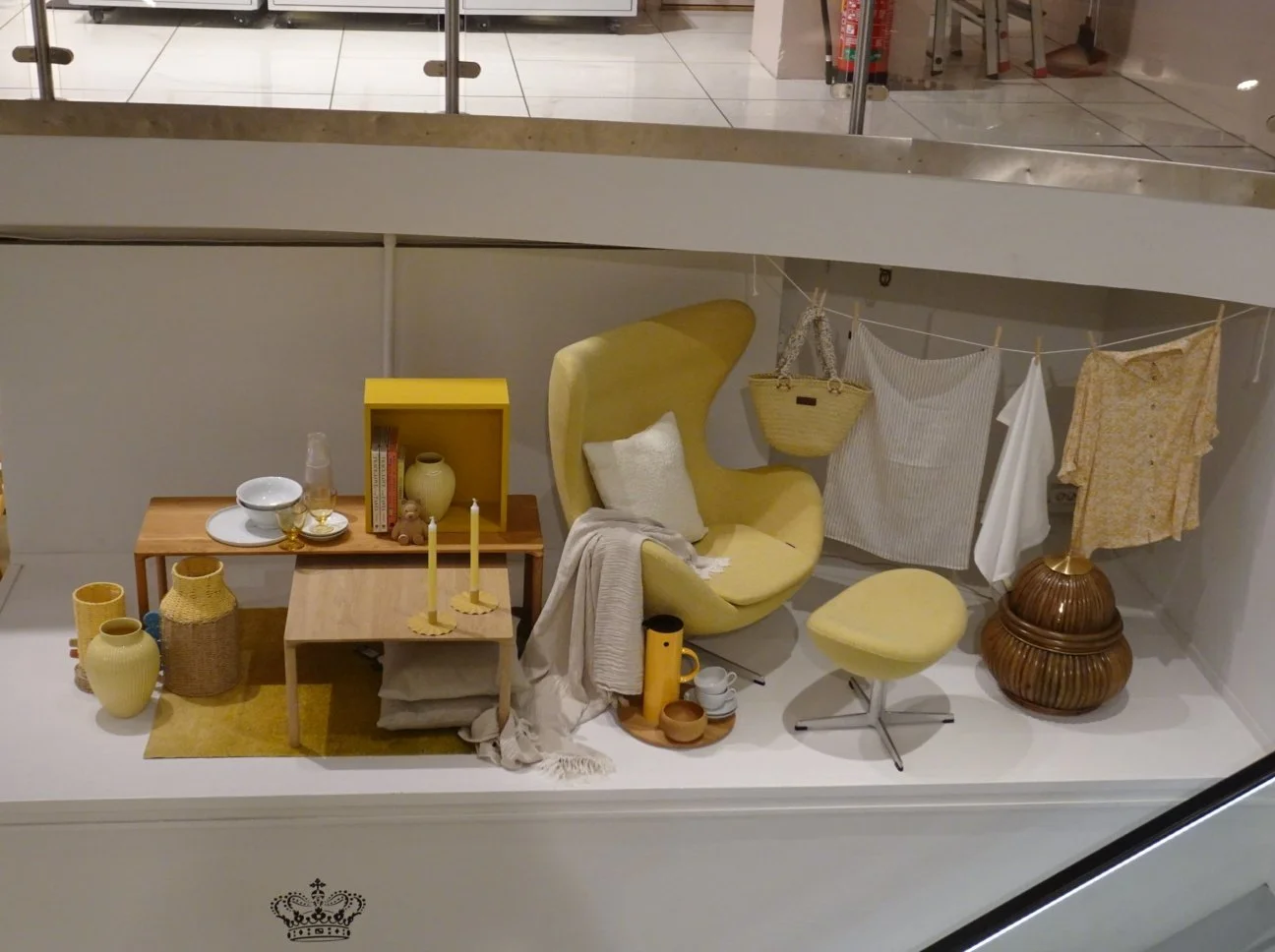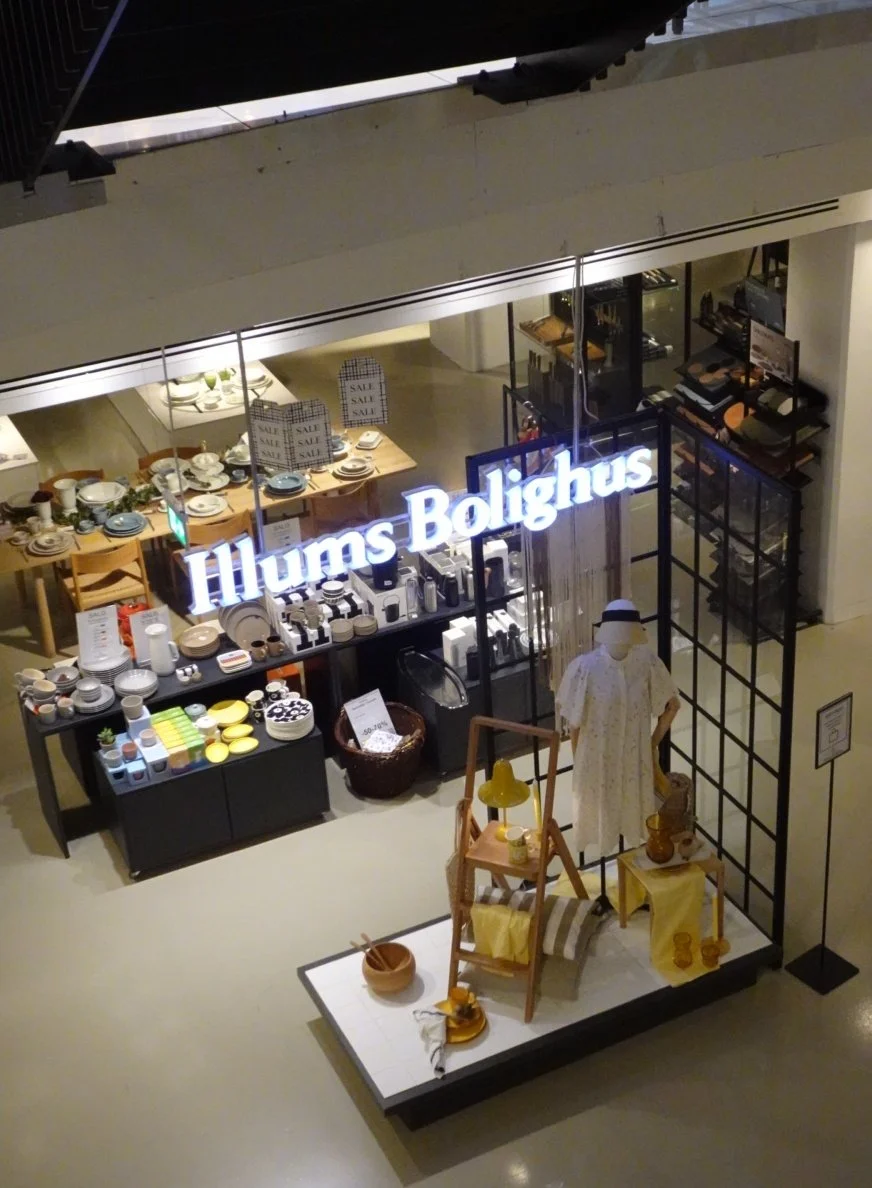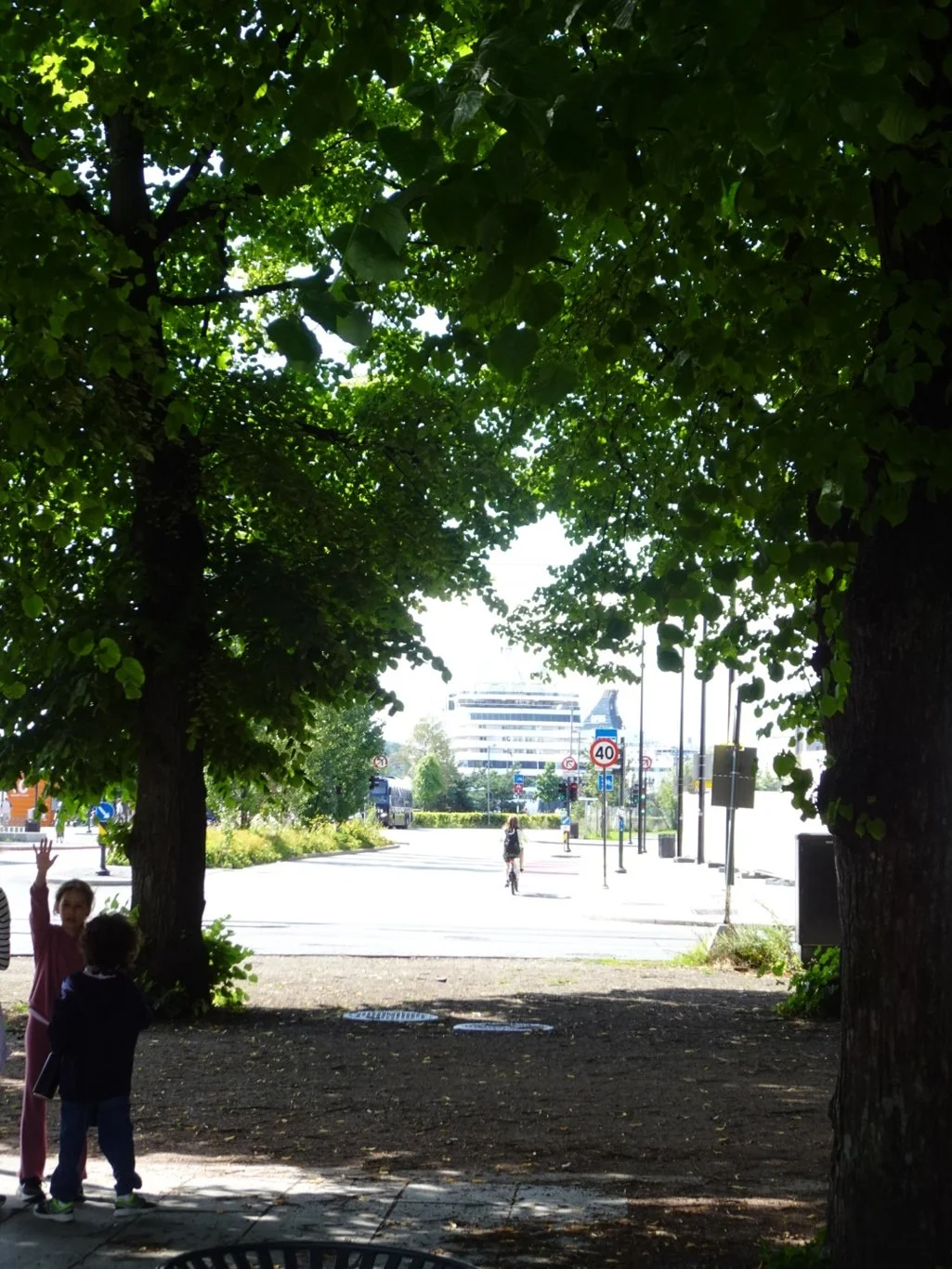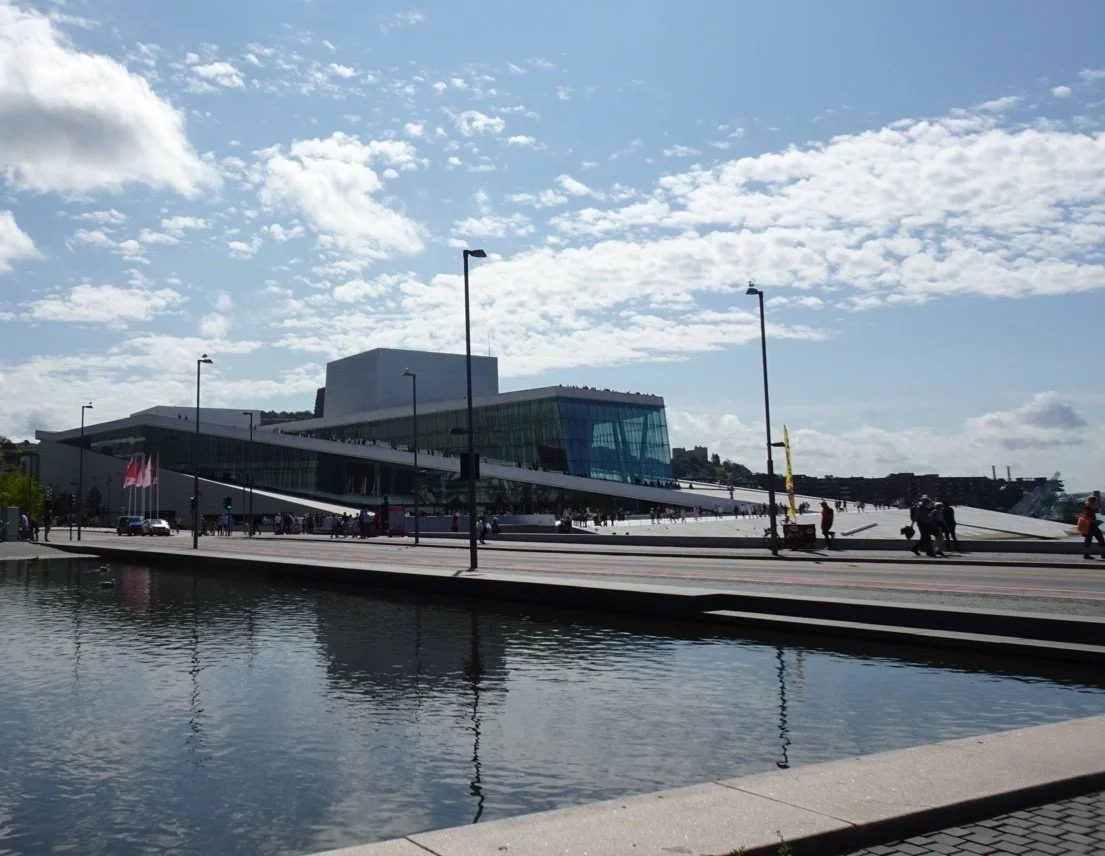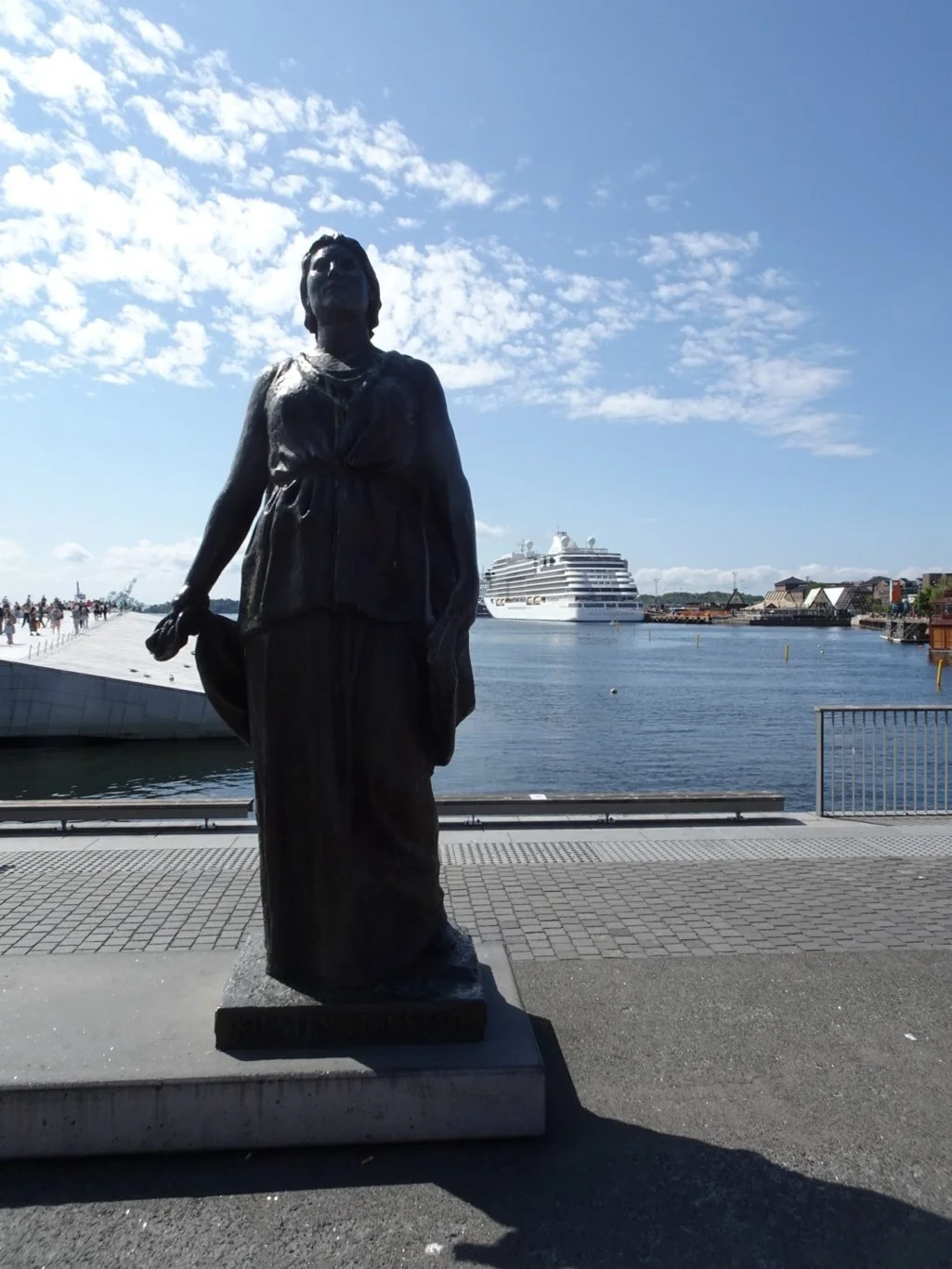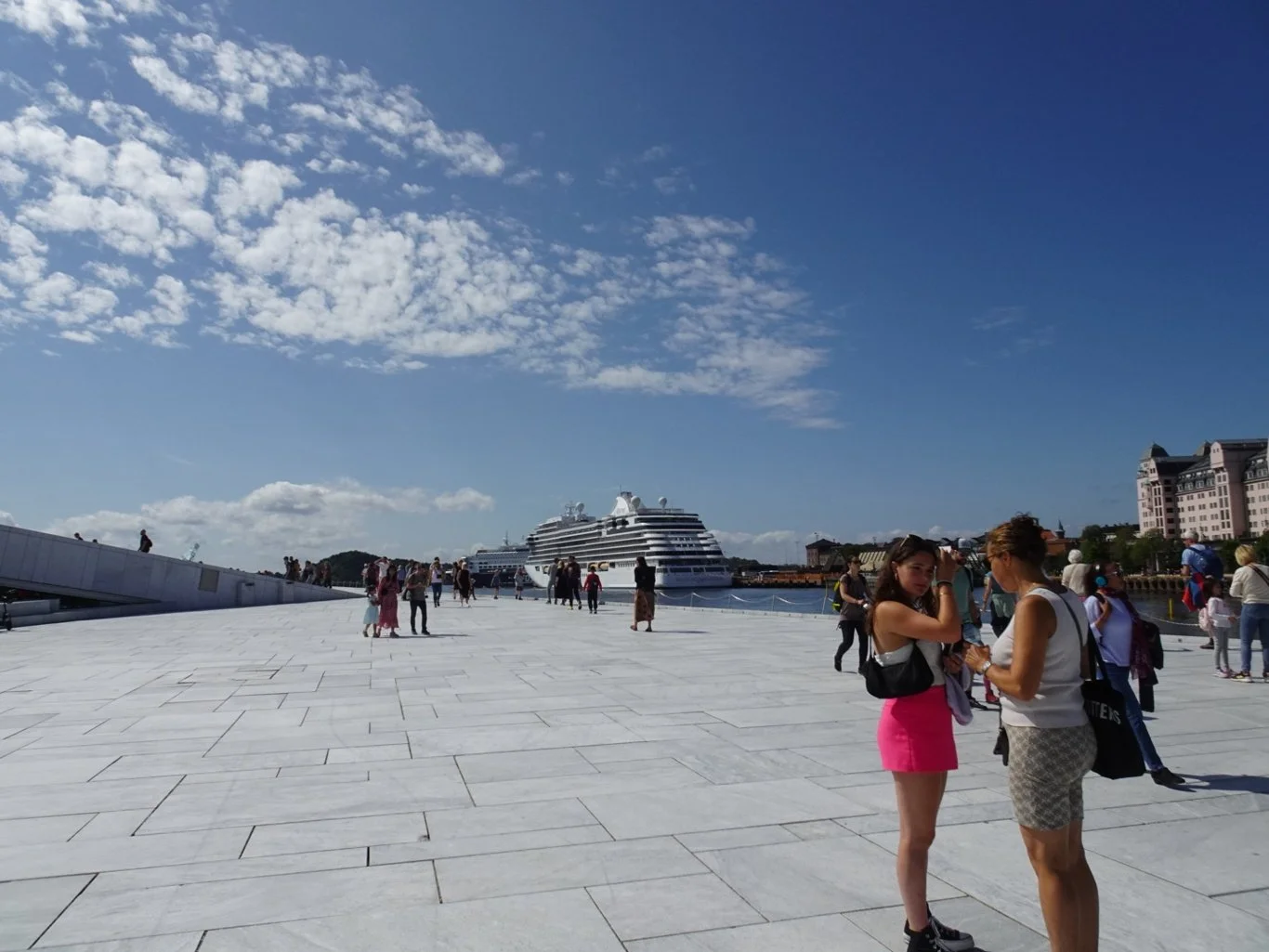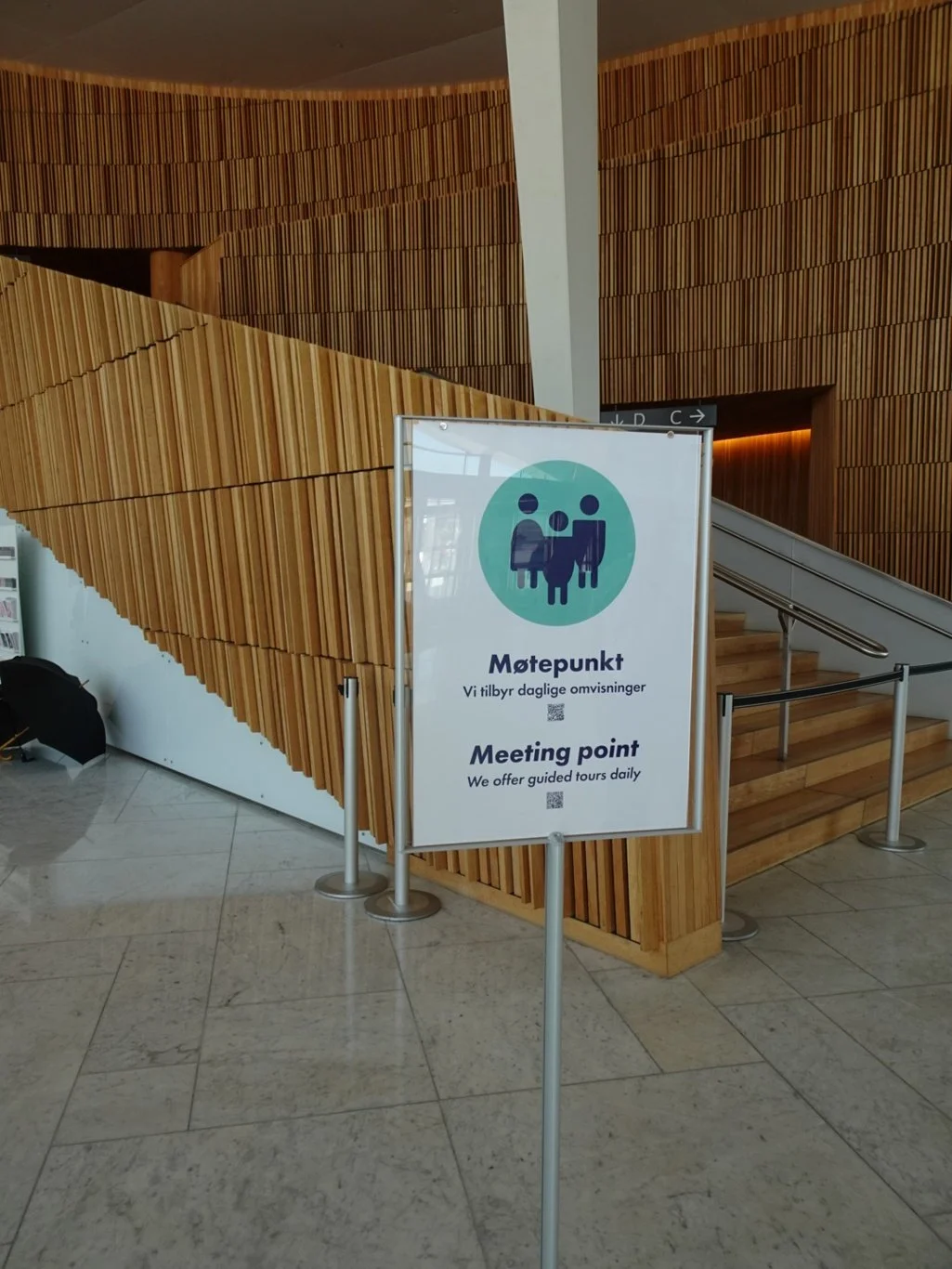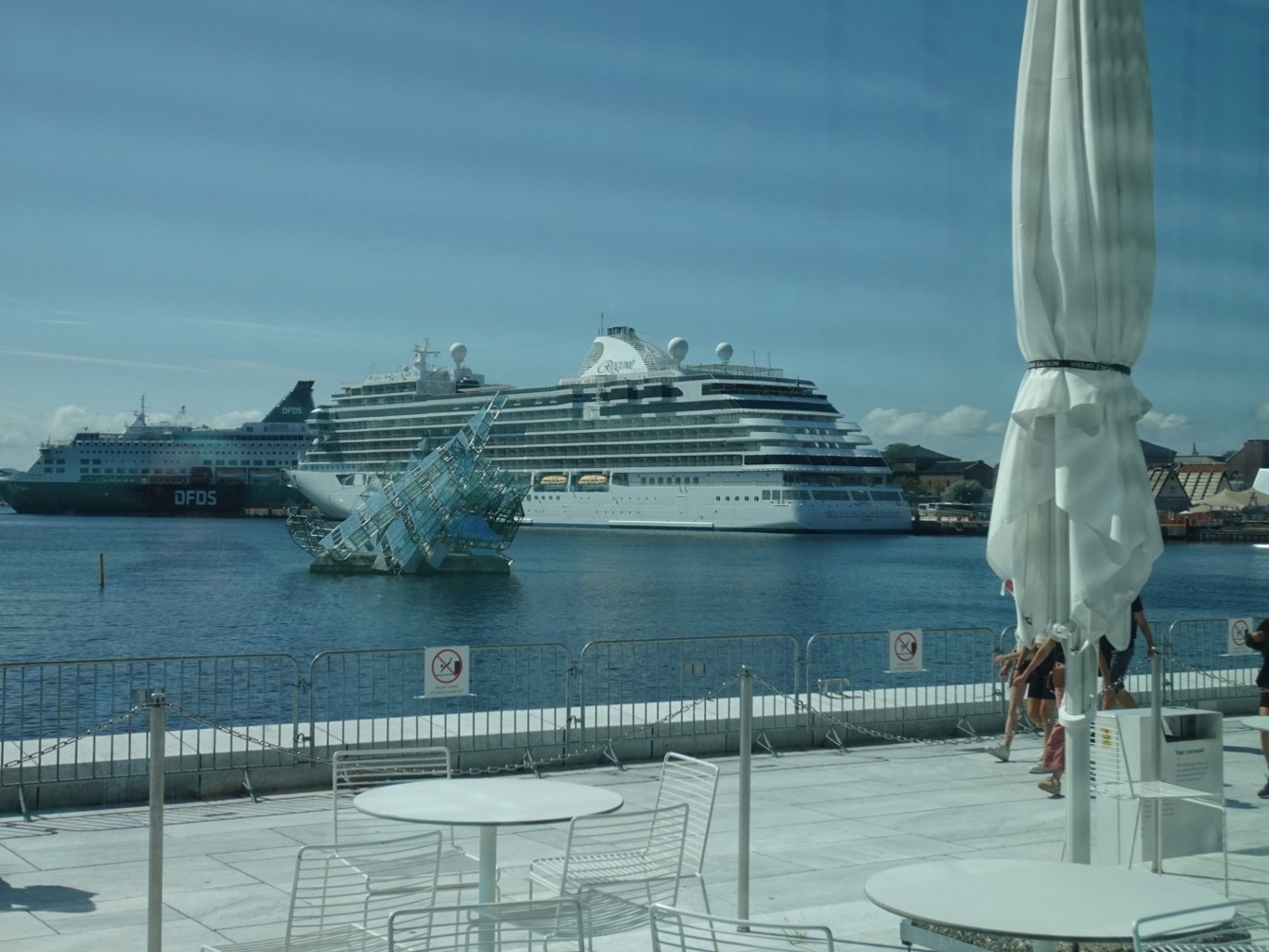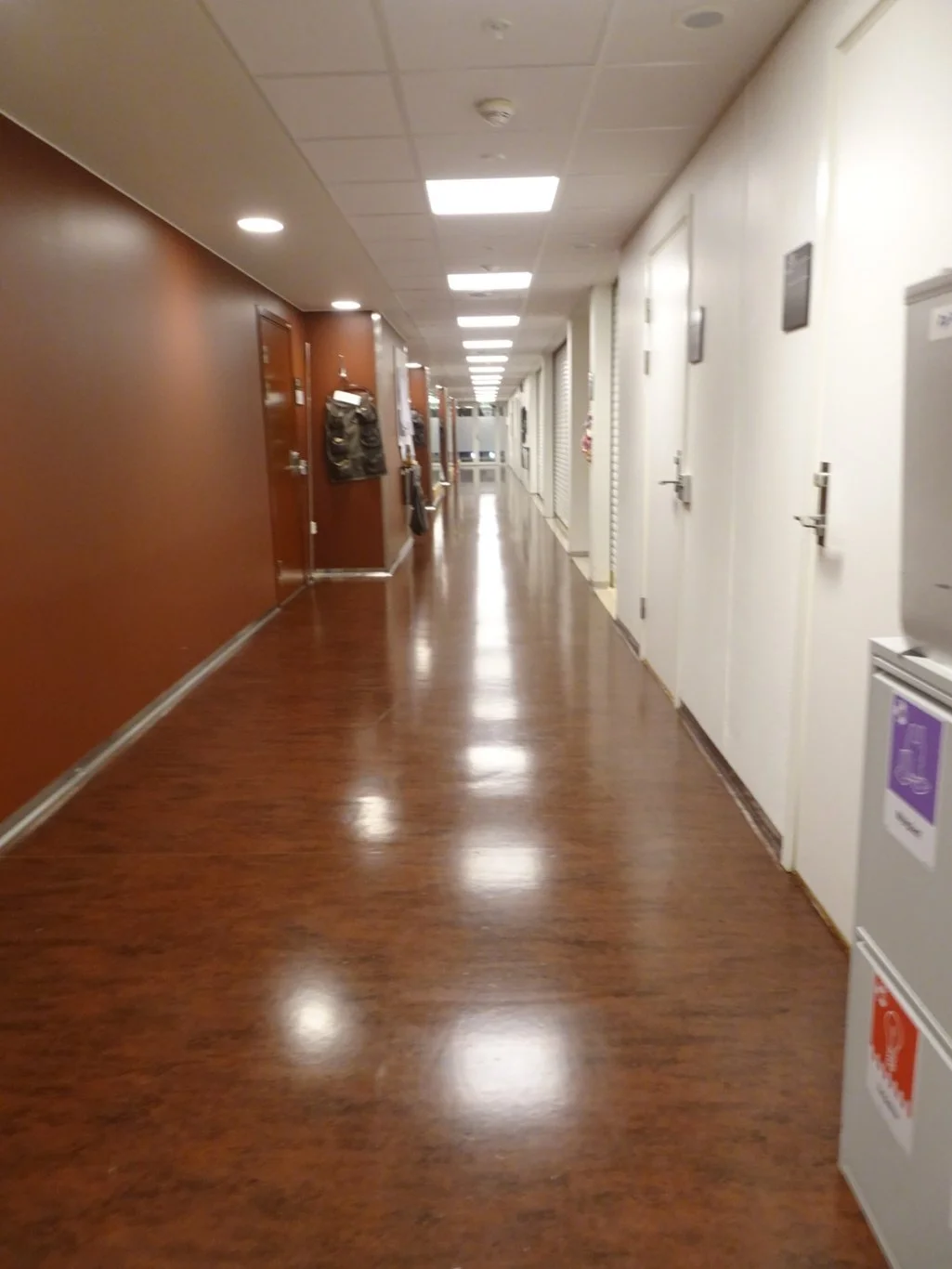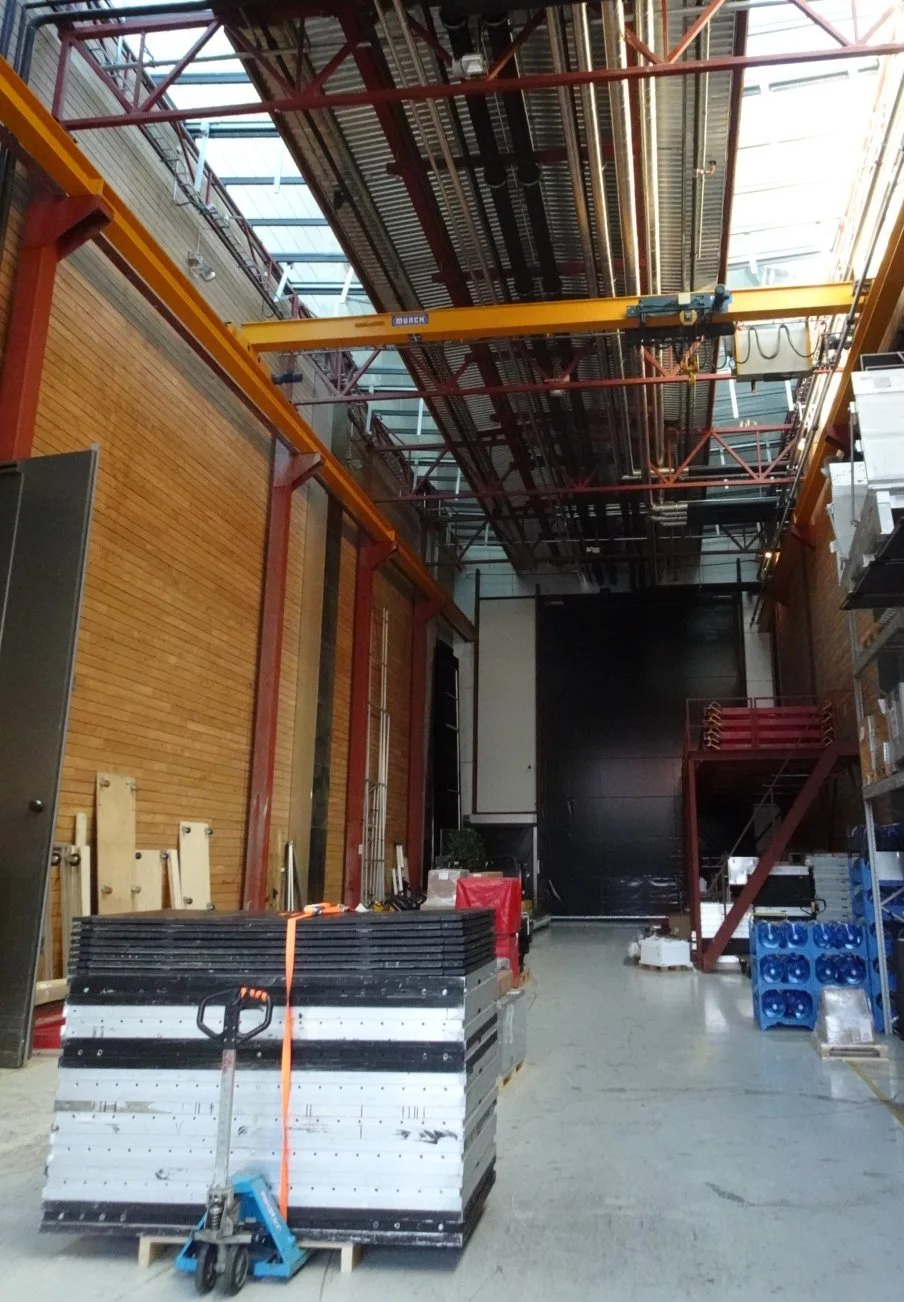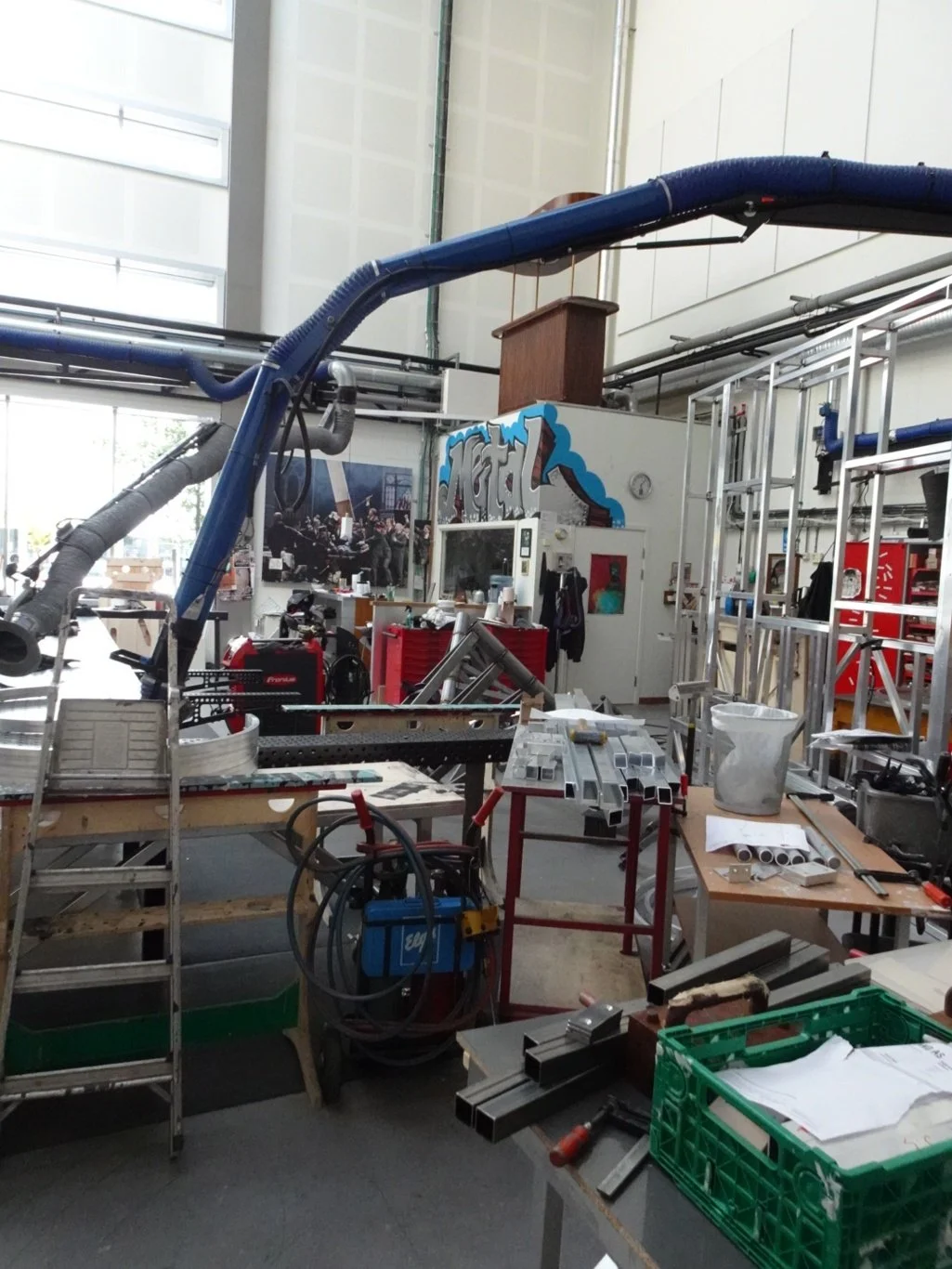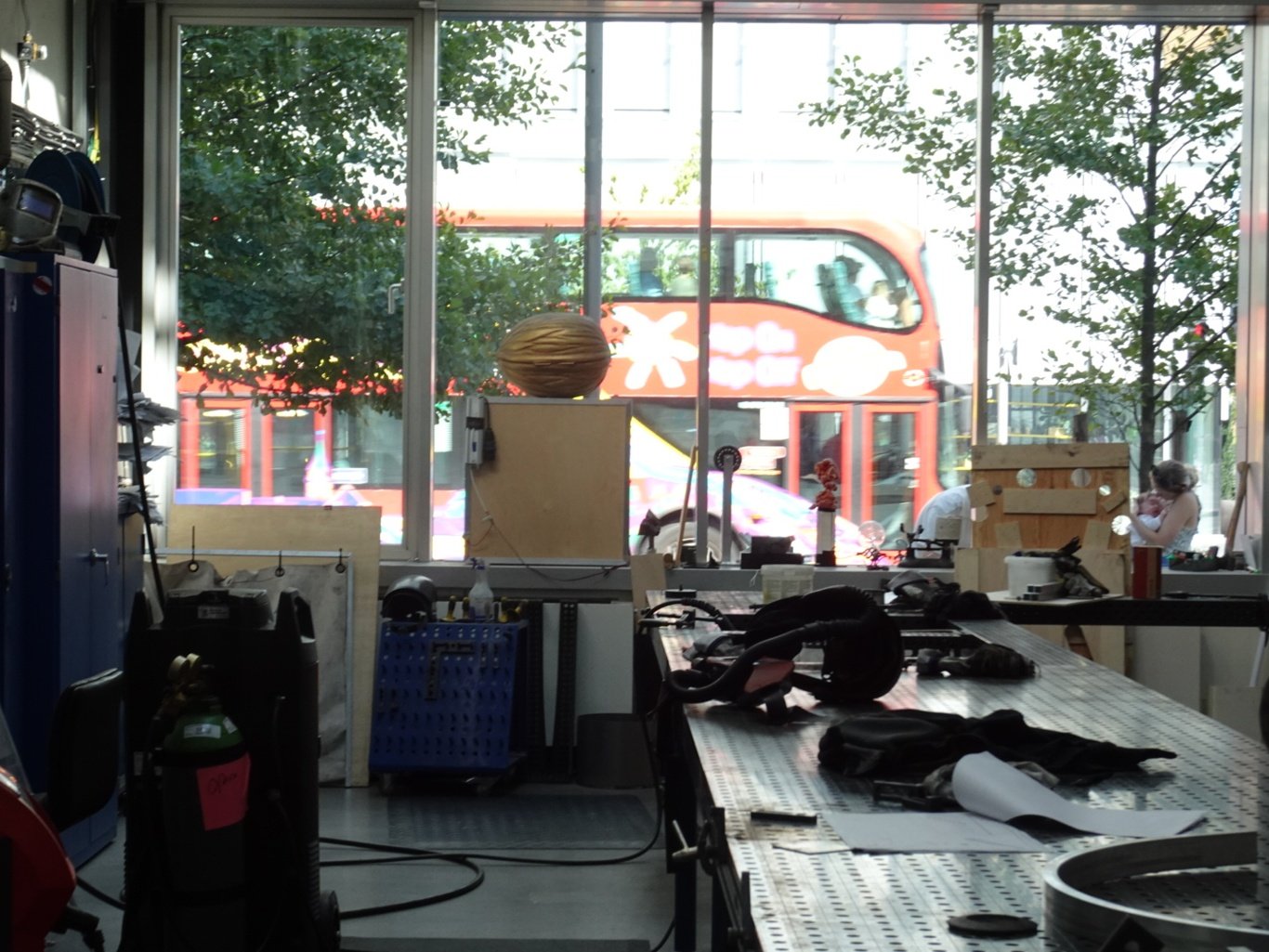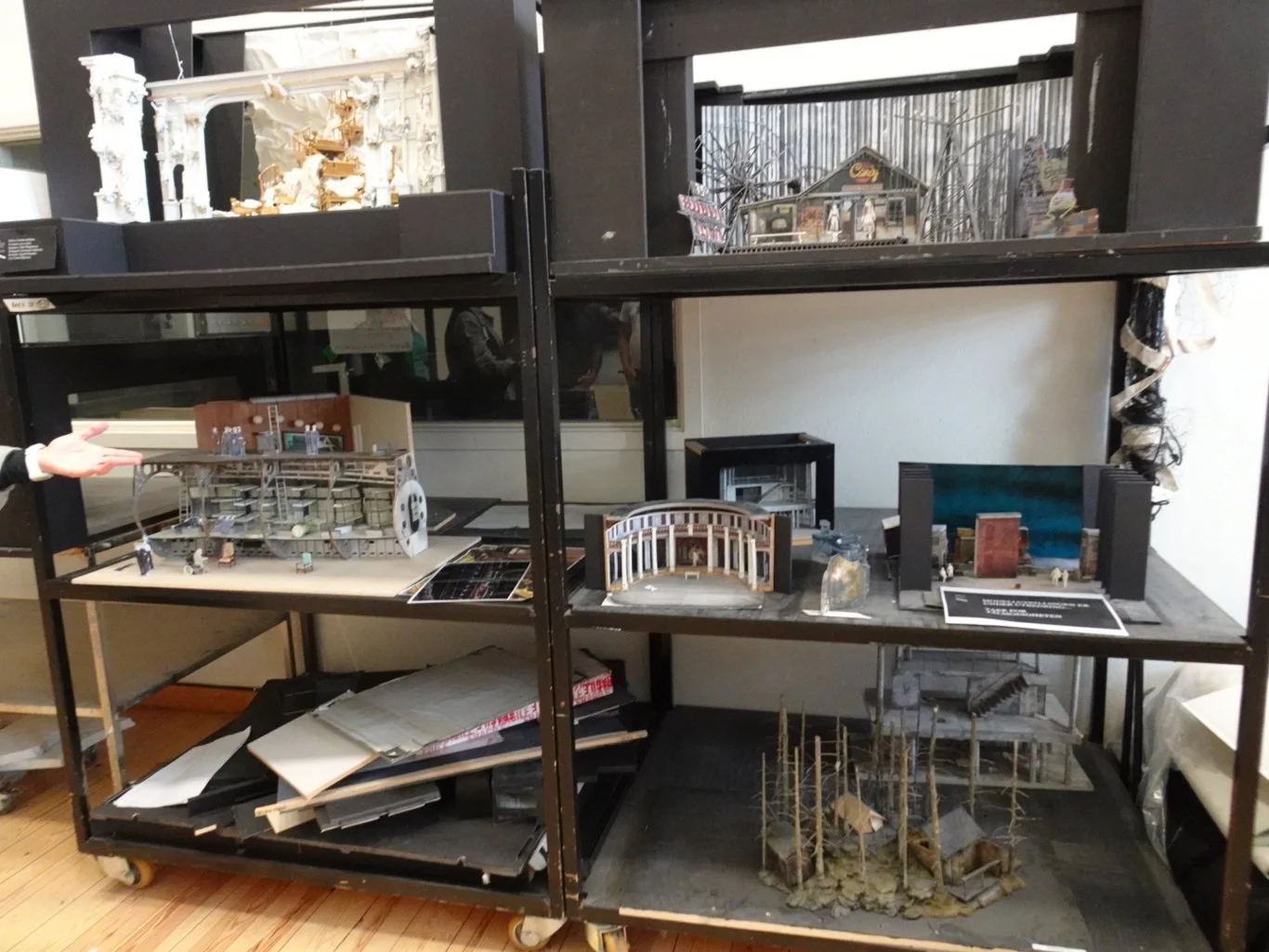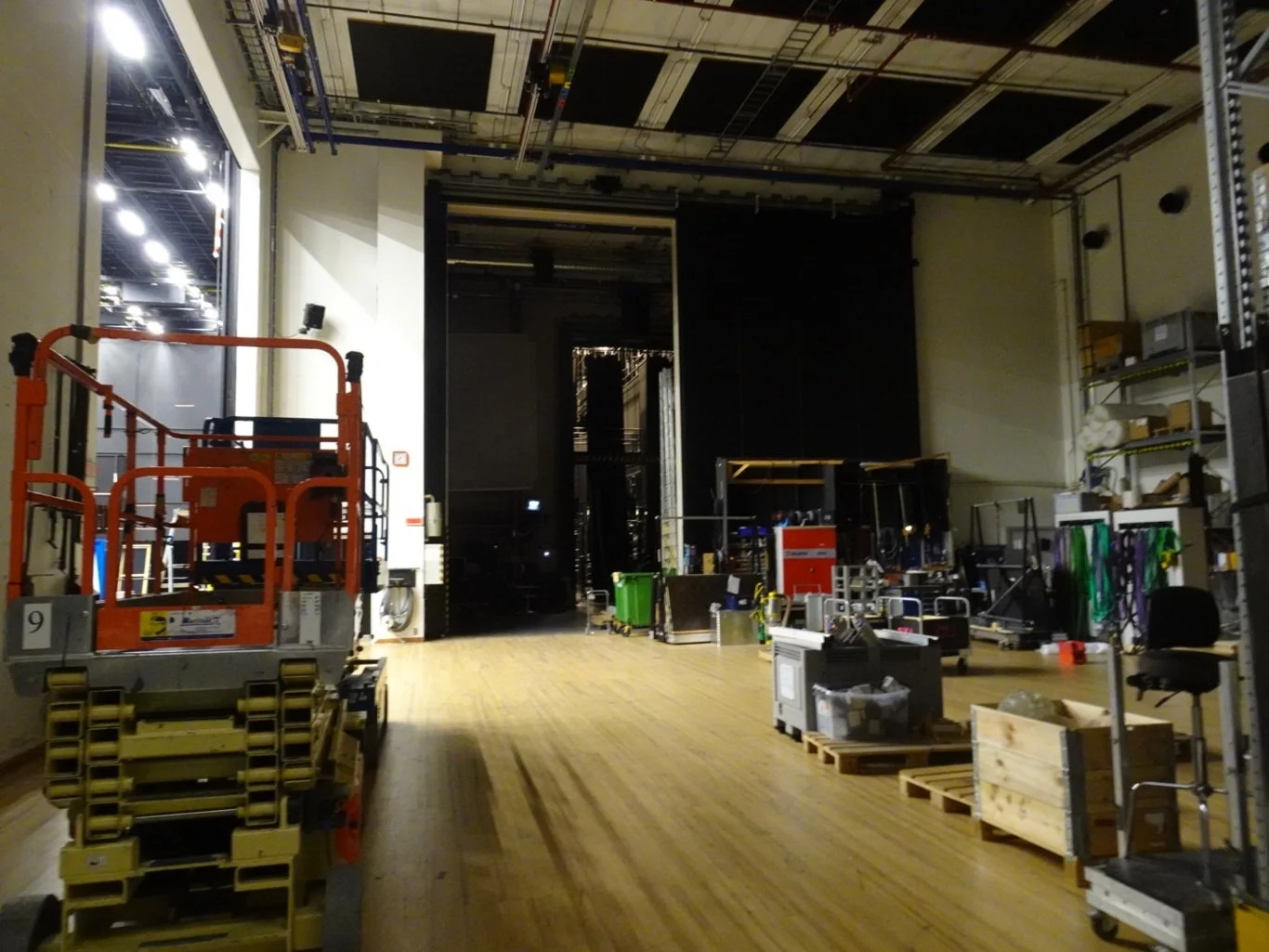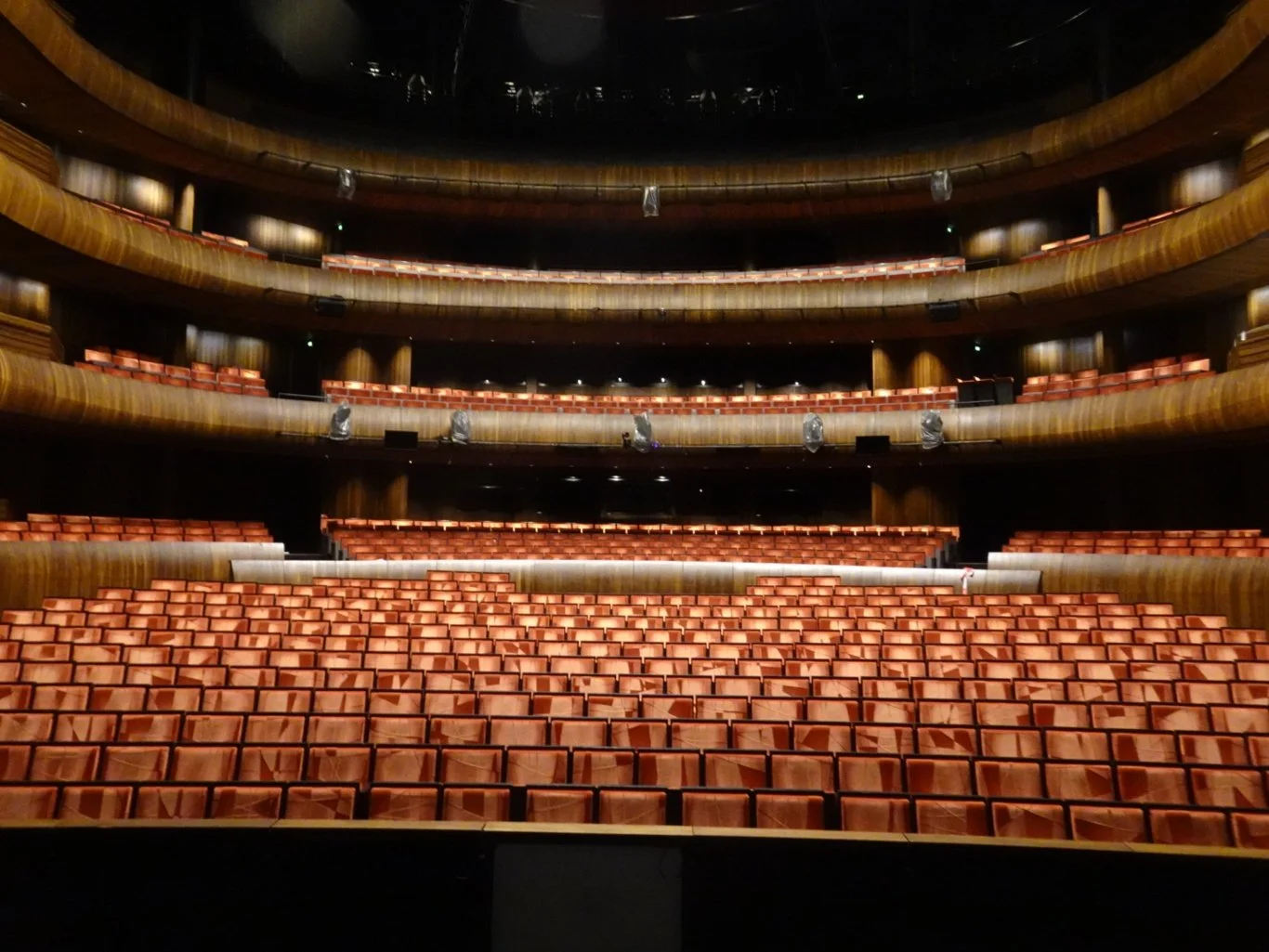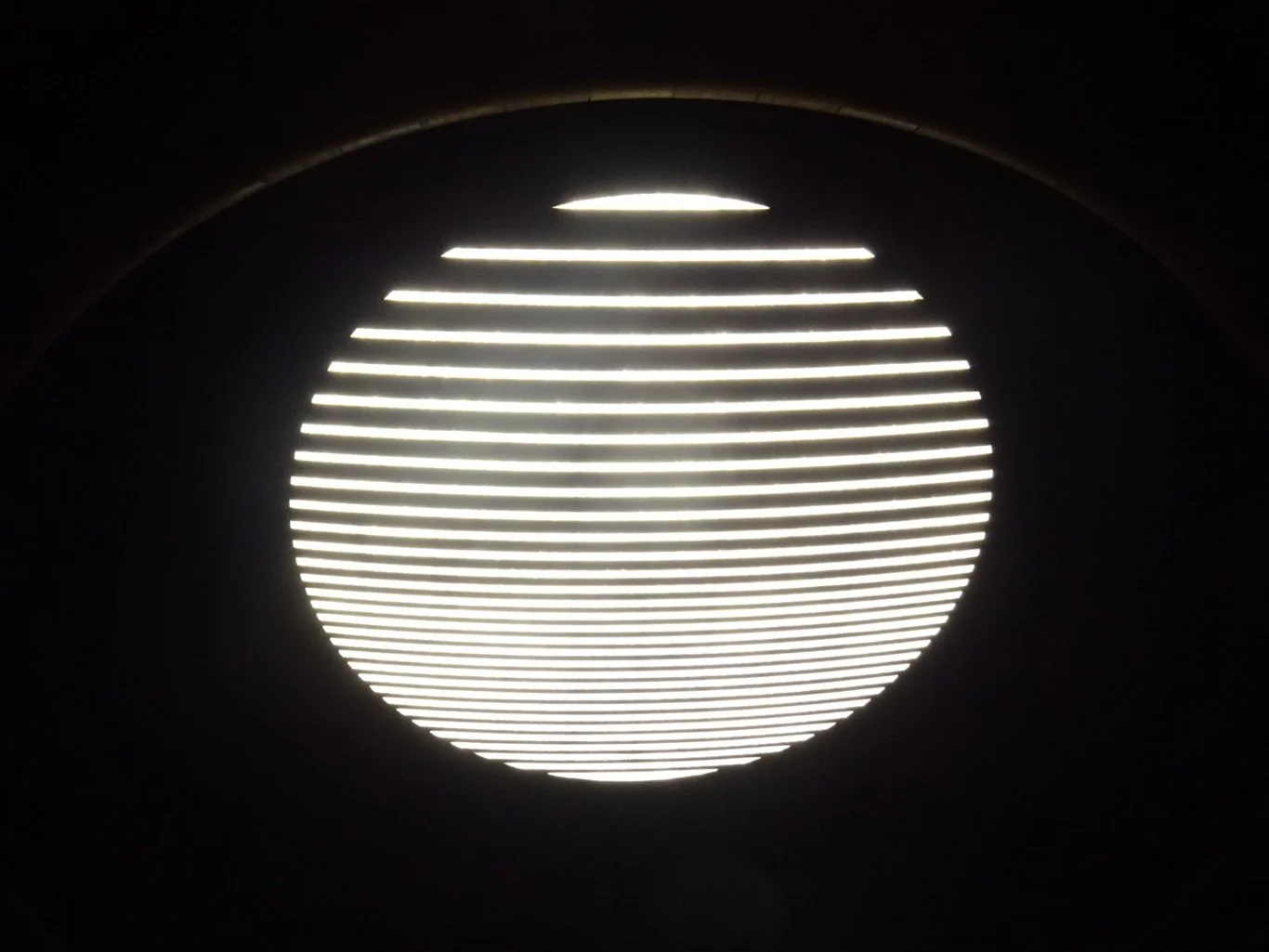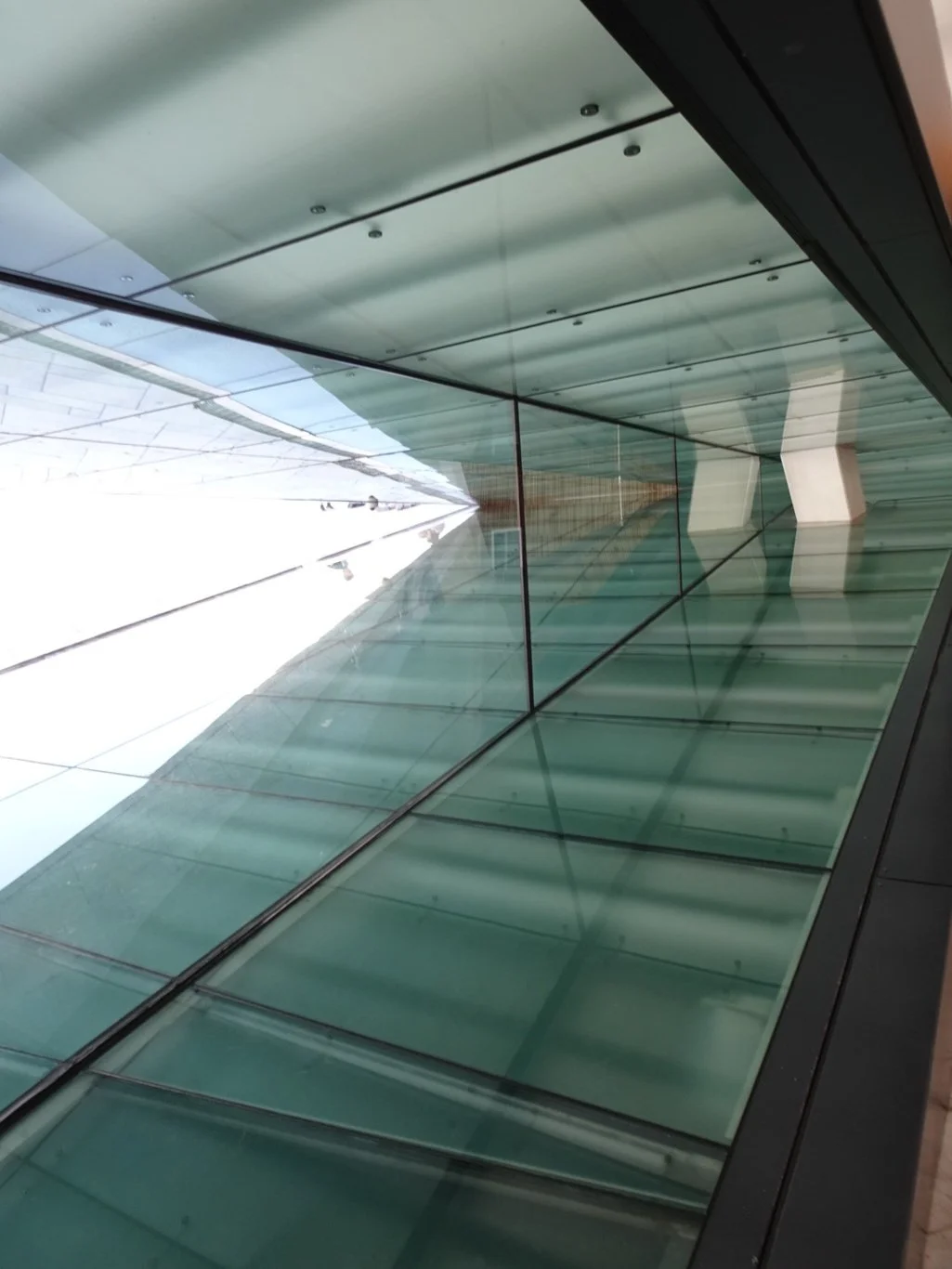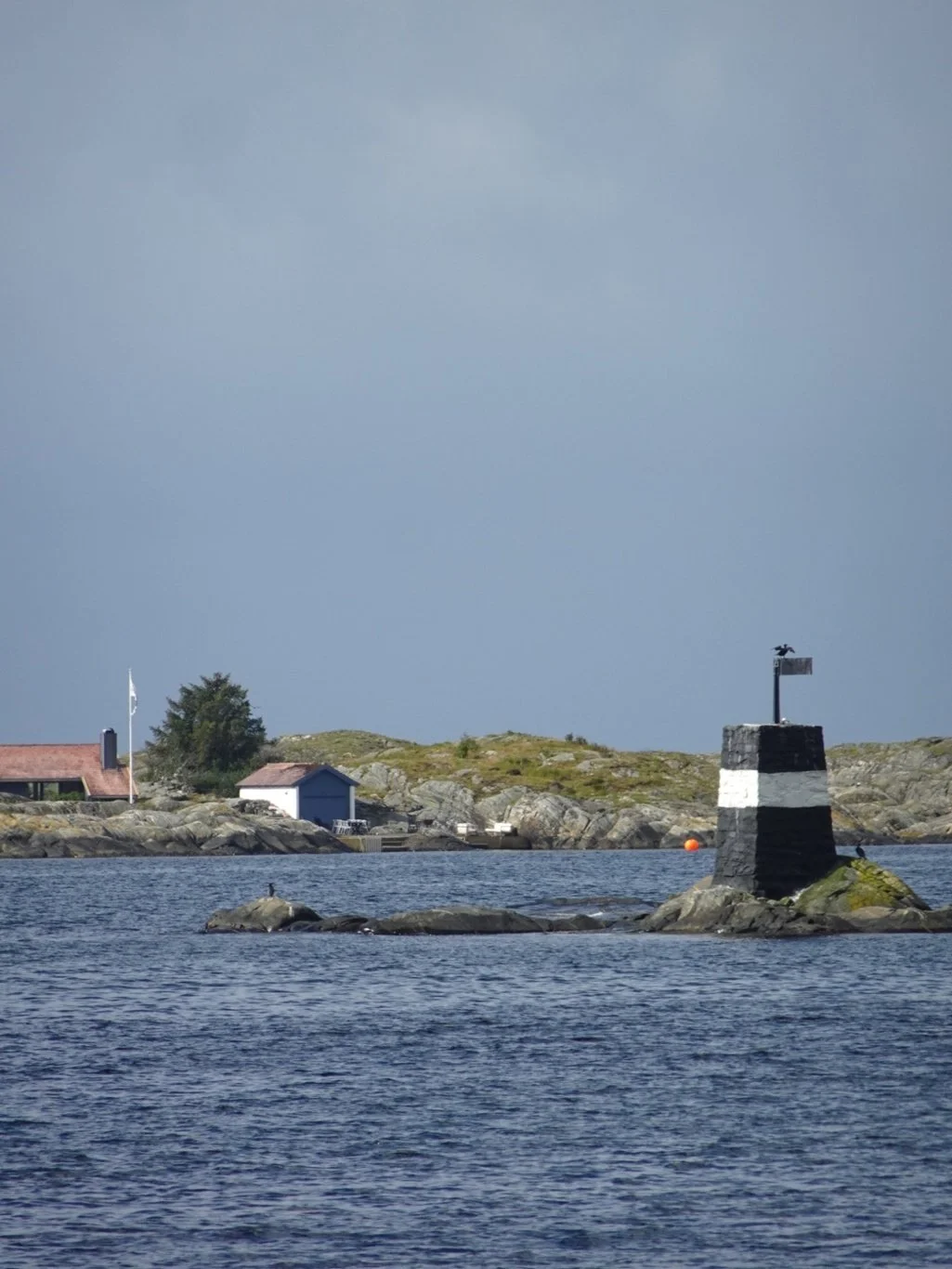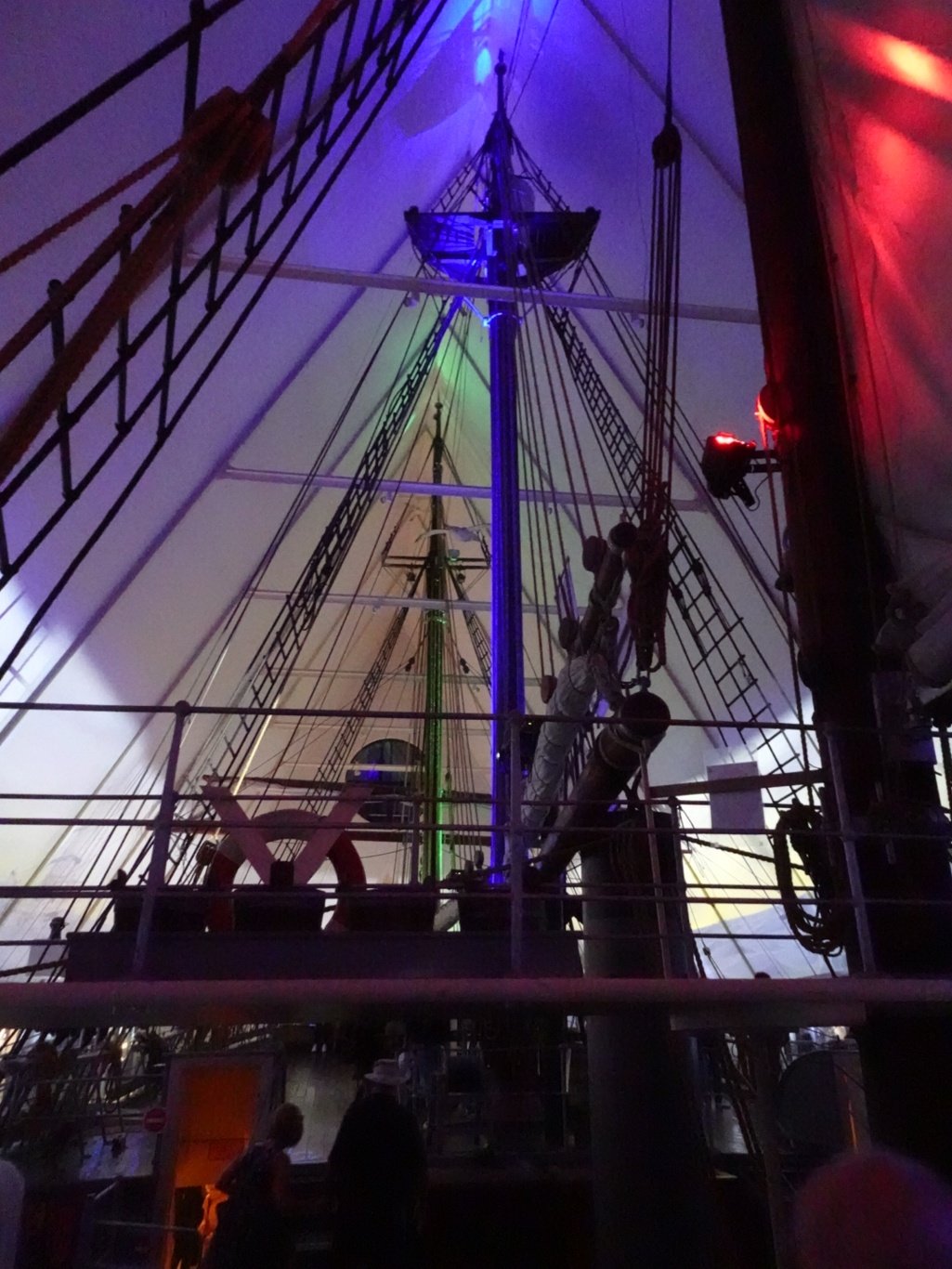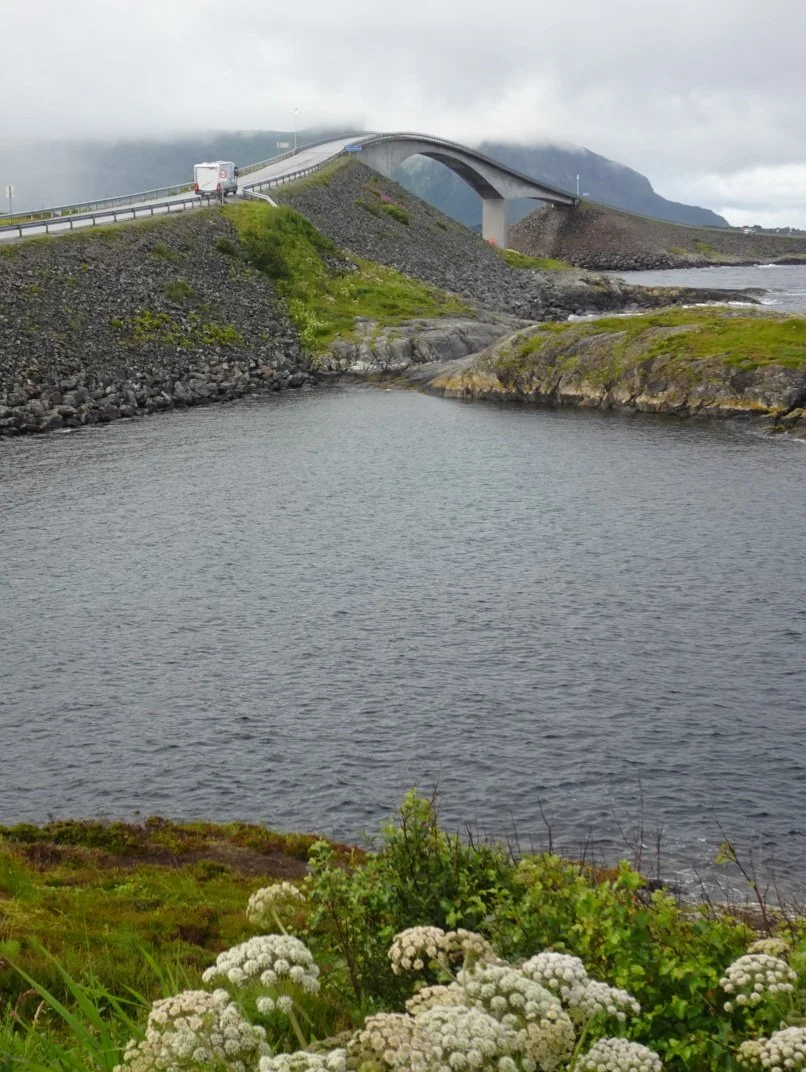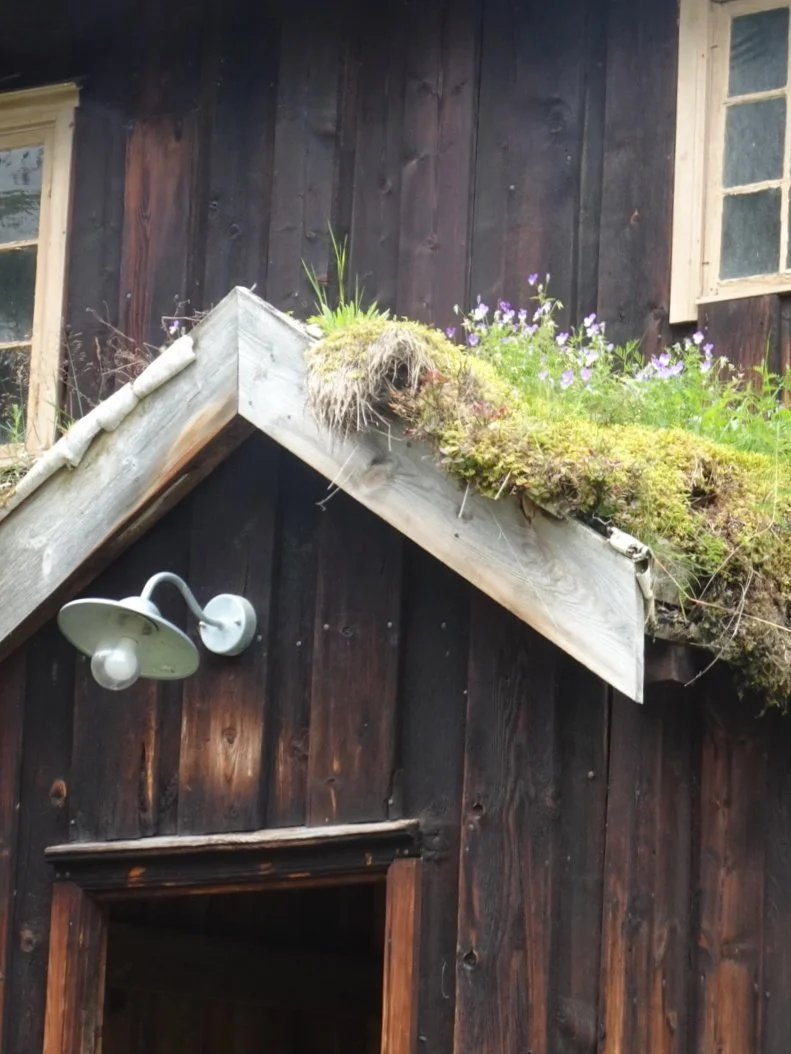Another grand day out in Oslo
As we set off on our explorations this morning, there was the usual activity alongside the ship. Goods were being loaded, a load of recycling was being taken away and a hose was artfully arranged in small holders to reduce the trip hazard. There was one feature that had us both baffled however and as we stood puzzling what it could be, one of the security team explained.
It’s a charging point for electric ships.
Of course, we might have guessed. Our travels in Norway last year made us more aware of the country’s commitment to renewable energy. For example, it’s no longer possible to buy vehicles powered with fossil fuels and here in Oslo, all public transport is electric.
We’d read in the paper this morning that the UK is ten years behind on all of this and can only admire the Norwegians’ commitment. As we walked along the quayside, every two or three metres was a charging point. Not just a single place to plug in a vehicle, but a huge assortment of sockets suitable for charging everything from a boat or a bicycle to a phone. Impressive.
Also along here was the little fleet of floating saunas for hire. I don’t speak Norwegian but wouldn’t it be lovely if the name translated as “cook”? Isn’t that a fab name for a Sauna brand?!
We weren’t considering taking a sauna this morning though, but were heading out to take a look around the city centre in the couple of hours we had before turning up across the way for the booking we’d made last evening. We crossed the tram line over towards the station.
On such a fine morning it was a delight to be out and about, and much as we enjoy the company of friends, it was also good to be out on our own.
There was a bit of a bustle on this Saturday morning. Families were out and about and the general atmosphere was lively and good humoured.
We didn’t have anything specific to look for, but spotting the Panduro brand name on a shop front, I went inside to take a look. Years ago, Panduro offered a mail order service for an incredible range of craft materials and I looked forward to receiving large boxes of bits and pieces before Christmas in particular. There was still a great range of products here and I’m sure I’d be a frequent customer if I shopped in the city regularly. Today though, no purchase!
We continued up the busy street, enjoying the fresh air and warm sunshine.
When we reached the cathedral we went to take a look inside. Seeing a large group there, we adjusted our plans however. Maybe we’d look in on the way back.
We’d already spotted the statue to King Christian over in the square. I thought he looked rather haughty, looking down his nose at the people beneath him. But my Hero had a more reasonable interpretation: “Look at all of this around you - I built this city!”
But I’ll admit, I’d spotted the department store across the square. I recognised Illums Bolighus from Copenhagen and (I think) Stockholm, where the elegant style of the visual merchandising had always caught my eye. Today was no exception and almost as soon as we stepped inside my camera was busy as I took photographs for the course I teach.
Great use of colour, eye-catching arrangements and clever interpretation of themes. Plenty of good examples to share here.
It was all styled within such elegant surroundings as well. In the UK, large department stores like this are struggling. Large, purpose built halls are divided into smaller, shops within shops and such lavish seasonal decorations are becoming quite rare. I’d have liked longer to look around but we had our eyes on the time.
Having said that, we were never far from home!
But neither did we want to miss the booking we’d made last evening for 1pm this afternoon. We headed back to the Opera House and looked for the entrance.
As we went, I spotted a bronze figure very similar to many others we’ve seen overlooking harbours in Norway. “I’ll just nip over and take a picture of the fisherwoman over there” I said to my Hero. But oh dear…it’s a good job the figure couldn’t hear my words, for this was no fisherwoman but Kirsten Flagstad, Norway’s most beloved opera star! I whispered an apology in case anyone had heard!
The white piazza in front of the Opera House was quite dazzling in the afternoon sunshine. We were soon to learn that it had been purposely built as a public space and somewhere people could meet and enjoy, regardless of whether they were actually going to the opera or ballet.
As we waited inside at the designated spot, we noticed the cafes and bars doing a brisk trade, because here inside was also a favourite spot for lunch or dinner. People passed through all the time and we could see figures on the slope beyond the glass walls, climbing up to the wiewpoint on the top. We’d read signs warning of the steep and slipperly surface. “Climb at your own risk” they advised.
We were not planning to climb at all but joined Katherina’s group and set off through the locked doors to get an inside view of the Opera/Ballet theatre. Firstly, down the corridor towards the dressing rooms from where we had a great view of the harbour and of home! Katherina explained that there had been an international competition for architects, the winner being a Norwegian entry with the concept based on a Norwegian mountain landscape. This whole building was intended to be as open as possible and all the ground floor workshops had large windows open to the street, enabling passers by to see what was going on. Interesting! (I’d have my nose pressed to the windows all the time!)
There were no windows onto this corridor, “Humk Street”, because this was the location for the male ballet dancers’ dressing rooms! We smiled at the name!
Arund the corner was a similar corridor of dressing rooms, this one called “Ballerina Allee”. Mirrors and designs for stage make up lined the walls and I imagine that during a performance these corridors are pretty lively.
Now though, it’s summer break and there were few people here at all. Katherina took us through the costume workshops, the hair and make up department and the wig workshop. No photos there, sadly, so I simply looked very closely and tried to remember the tutus on steaming frames, the crates of hats and hat stretchers and the racks and racks of costumes, each one labelled with a production, a character and the artist.
Across the way was the dock, from where many of these costumes are taken for storage on an island in the archipelago when not in use. This is where all the goods coming in and out of the building are brought and where we first got a feel of how huge this operation is.
That impression was further enhanced as we stepped inside the workshops. This one, the metal workshop where sets are built - the designs were all on the wall alongside - and huge gantries overhead were available for moving the finished frameworks. Katherina explained the sightline in the theatre was 9m high, so constructions here were pretty big.
And here was a prime example of the window to the street. Passers by could stand and watch the welding, the carpentry work and all the craftsmanship that goes into making a production.
At the end of the workshop space were a few models of past productions - no photos allowed of the current work of course, but it was fine to take a closer look at these. We learned of how these designs would be rented out around the world to other opera houses before eventually being retired.
Finally, having totally lost my bearings, Katherina led us through the labyrinth and onto the stage. To begin with, a smaller stage in one of the other performance spaces where she explained about the moveable apron and adjustable seating, making this the most flexible of auditoria.
Lastlly, it was through and around and onto the main stage from where the audience seemed surprisingly close. We noted the tower high above us which we’d seen earlier from the ship - those vast backdrops can be hauled right up there but at the moment, it was the dance floor which hovered above us in four pieces. Just as we’d seen in the other theatre, the stage here was flexible and could be extended, raised or lowered, as could the orchestra pit, if needed. Actually, on this occasion, we were standing on what would become the orchestra pit because it had been raised whilst work was going on.
We noticed the acoustic, because people were working in the balcony and the smallest squeak from someone’s ladder echoed around the empty space. Katherina also pointed out the chandelier (photo above) made in the glassworks which we’d been scheduled to visit today before we changed our minds. Especially designed for this location, the chandelier and its thousands of crystals was acoustically neutral and whilst on the subject, she went on to talk about the adjustments needed to accommodate the many performances requiring a variety of technical acoustics. Designing and building an opera house in the 21st century involves so much more than creating a wonderful space in which to perform to an audience!
At this point Katherina opened a door and suddenly, we were there blinking in the daylight again. All too soon our tour was at an end.
What a fabulous building and how glad we were that we’d decided to go it alone today in this beautiful city.
I did, however, wish I’d stuffed my swimsuit in my bag this morning for, if I had, I’d have been glad to take a dip in the fjord right there alongside. Instead, a short walk home and tea time trivia awaited!









